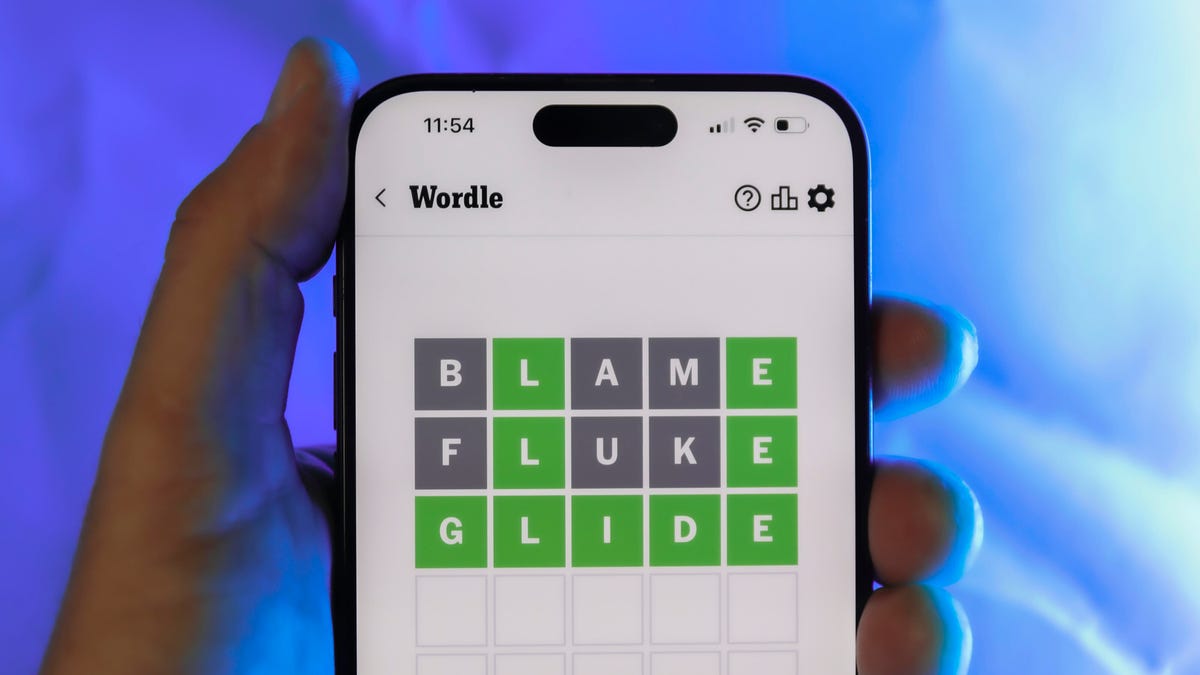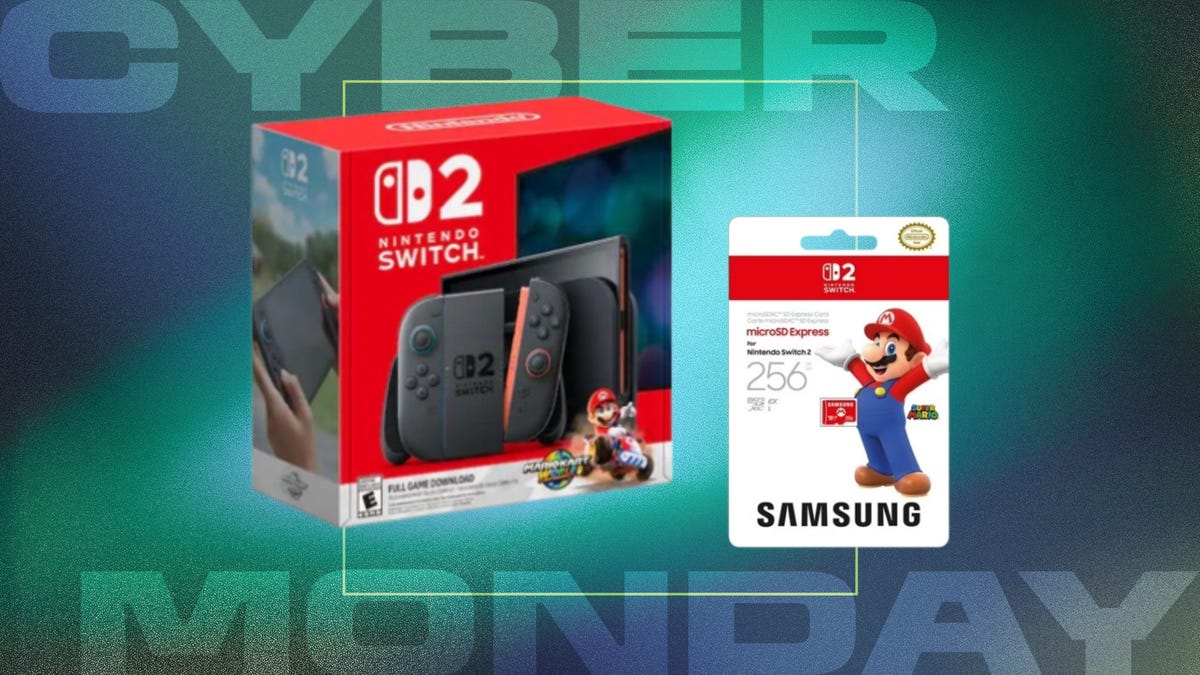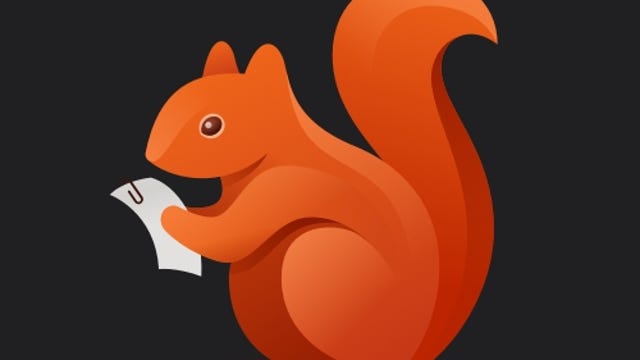Technologies
4 Apps That Help Track Your Streaming Subscription Bills
Are you making payments for a streaming service you barely use? Here’s how to keep up.

Your streaming subscriptions for Netflix, Spotify, Disney Plus and other accounts are probably all on autopay. Because you don’t have to think about due dates, that may mean you’ve overlooked the monthly expense or who to contact if you want to cancel. You could be spending more money than you want by paying for a phantom streaming service.
Is Netflix billing you directly? Has your forgotten Hulu 30-day free trial turned into a paid subscription? Did you buy your Disney Plus subscription through a third party like Apple, Amazon or Verizon? With all the streaming price changes creeping in, unwatched content, and missed opportunities for deals, it’s a good idea to keep up with who’s billing you, when and for how much. Luckily, there are apps that can make keeping track of your streaming subs a lot easier.
Here’s our list of recommendations for apps that help you track payments for your streaming service subscriptions. Most of these offer a free option, but you can upgrade to a paid version if you want extra features.
Read more: Keep Up With What’s Streaming on TV Using These 5 Free Apps
Formerly known as Truebill, Rocket Money is a well-rounded budgeting app with the option to track your streaming subscriptions. There are free and paid versions available.
It uses Plaid to link your financial accounts and syncs information about automatic payments from your bank, credit card or services like PayPal. After signing up and setting up multifactor authentication, you can begin managing your recurring payments. Rocket Money provides a snapshot of your yearly spending on subscriptions like Spotify and Netflix, and you can also view upcoming payments including a countdown to the due date. A calendar icon takes you to a screen that outlines all payments for the month.
You can cancel subscriptions within the app, view your history of payments or remove them from the Rocket Money list. There is a seven-day free trial, but its recurring fee is on a sliding scale from $4 to $12 per month, billed annually. Rocket Money is easy to use, but the free account lacks some features such as having the app cancel your streaming accounts.
Hiatus is a budget- and bill-managing app that includes a subscription manager feature. When you create an account, you can track your streaming services in an organized «upcoming bills» category. The app also allows you to enter missing subscriptions manually.
Hiatus connects your financial institutions through Plaid, with options that include banks, PayPal or the Google Play Store. In addition to showing all your streaming subscriptions on autopay, the app provides insights on how much you’ve spent at different intervals — seven days, 30 days and the last 365 days. You may opt to set spending limits for your streaming services using the budget feature.
You can use the app for free, but if you sign up for a premium plan at $8 per month, Hiatus offers other features like canceling your subscriptions on your behalf. You also have the option to cancel on your own. Hiatus is available for Android, iOS and web browsers.
Like Hiatus and Rocket Money, Bobby helps you keep up with your streaming subscriptions and how much you’re spending on them. Unlike Hiatus and Rocket Money, Bobby does not require you to link your financial information to track your recurring payments.
Instead, you click through the app’s list of providers to create a list of streaming subscriptions. Then you manually enter information such as how much and how often you pay. We admit this may not be helpful if you can’t remember all of your active services. But with Bobby, you can receive notifications for upcoming due dates, organize the bills into a category and monitor your average spending on streaming. And it’s free.
Foreign currency breakdowns and security features like Touch ID and passcodes are available. Bobby can be downloaded on iOS devices only.
Trim allows you to find, track and cancel subscriptions at no charge. Like Hiatus and Rocket Money, you can connect your financial institution through Plaid, and the app will collate all your recurring subscription payments.
You can view your transaction history for each streamer and cancel a service within the app or by visiting its site directly. Trim is not available as a mobile app, but you can access it on a web browser on your phone or other device.
Streaming service bill tracker FAQs
What about privacy?
Sharing access to your financial information with a third party raises genuine concerns about security. We urge you to review the privacy policies for each service to learn how information is used and stored. With the exception of Bobby, all the services on this list use Plaid to connect your accounts. Plaid does not provide your login credentials to Rocket Money, Trim or Hiatus, so none of the apps receive or store your banking or credit card information.
Why isn’t Mint on this list?
Mint (by Intuit) is a popular user-friendly app that’s used for budgeting. There’s a feature meant to help you track bills and subscriptions, but when I clicked on the Subscriptions tab in the Bills section, none of my subscriptions or recurring payments showed up. I did receive a message saying Mint couldn’t find any subscriptions in my transaction history. Additionally, we’ve seen numerous users reporting that the subscription feature is unreliable.
Are there any other apps you considered?
In addition to Mint and the four tools on this list, we checked out other budget/subscription tracker apps, including PocketGuard, Wallet by Budgetbakers, Billbot, Petal and Everydollar. We decided to highlight the four we discussed here based on robust features, accessibility, fees and ease of use.
PocketGuard syncs with many banks but you’re unable to link PayPal and other third parties like the Google Play Store. Billbot is not available for newer versions of Android, Petal requires you to apply for an account and EveryDollar charges $13 monthly if you don’t want to manually track your financial transactions. To digitally sync Wallet with your financial institutions, you must pay for a premium account.
Technologies
Today’s Wordle Hints, Answer and Help for Dec. 1, #1626
Here are hints and the answer for today’s Wordle for Dec. 1, No. 1,626.

Looking for the most recent Wordle answer? Click here for today’s Wordle hints, as well as our daily answers and hints for The New York Times Mini Crossword, Connections, Connections: Sports Edition and Strands puzzles.
Today’s Wordle puzzle is a little tricky. Many people will confuse it with a similar word that’s spelled differently. If you need a new starter word, check out our list of which letters show up the most in English words. If you need hints and the answer, read on.
Today’s Wordle hints
Before we show you today’s Wordle answer, we’ll give you some hints. If you don’t want a spoiler, look away now.
Wordle hint No. 1: Repeats
Today’s Wordle answer has no repeated letters.
Wordle hint No. 2: Vowels
Today’s Wordle answer has two vowels.
Wordle hint No. 3: First letter
Today’s Wordle answer begins with L.
Wordle hint No. 4: Last letter
Today’s Wordle answer ends with H.
Wordle hint No. 5: Meaning
Today’s Wordle answer can refer to causing a liquid to drain away from something such as soil or ash.
TODAY’S WORDLE ANSWER
Today’s Wordle answer is LEACH.
Yesterday’s Wordle answer
Yesterday’s Wordle answer, Nov. 30, No. 1625 was MUGGY.
Recent Wordle answers
Nov. 26, No. 1621: HOVEL
Nov. 27, No. 1622: REMIT
Nov. 28, No. 1623: COLIC
Nov. 29, No, 1624: GRUFF
Don’t miss any of our unbiased tech content and lab-based reviews. Add CNET as a preferred Google source.
Technologies
Act Now to Get This Rare Cyber Monday Nintendo Switch 2 Deal Before It’s Gone
Pick up the Switch 2, Mario Kart World and a Samsung 256GB microSD Express card for $538.

Cyber Monday brings us many exciting offers, from shiny new laptops to record-low prices on televisions and headphones. But few offers are as enticing as a rare bundle deal on the Nintendo Switch 2, like the one we just spotted at Amazon. You get the Nintendo Switch 2, Mario Kart World game download and a Samsung 256GB microSD Express Card for one price of $538. That’s $22 off what might be the greatest gift you’ll ever give.
Considering the tumultuous past of this coveted gaming device, which involved delays and price increases due to tariffs, we didn’t think the Nintendo Switch 2 would go on sale at all this holiday season.
Our reviewer Scott Stein got his hands on a Switch 2 early on, and called it «the best handheld console.» He praised the notably better graphics over the original Switch, the big nearly 8-inch screen and the ergonomic design.
One of the cons he pointed out, though, was the lack of storage. Though the console has 256GB of internal memory, which is a significant upgrade over the previous model, you will quickly use up that storage as game files are bigger. Stein notes that the microSD Express cards could be hard to find, as the Switch 2 only take the Express cards, not the ones that worked with the previous Switch model. This bundle eliminates that issue, and the included Samsung 256GB microSD Express card will instantly double your storage.
You will also get a download of Mario Kart World included in the price. Amazon also has a bundle that includes the Nintendo Switch 2 and Mario Kart World for $499. This isn’t a significant savings, however it is in stock. The microSD Express card is not included. If you’re looking to pick one up separately, you can get one at Walmart right now for $39, a $20 savings.
CHEAP GAMING LAPTOP DEALS OF THE WEEK
-
$950 (save $850)
-
$800 (save $150)
Why this deal matters
To be honest, we didn’t expect to see any Black Friday or Cyber Week deals on the Switch 2. They are hard to come by and stock has been selling out fast. If you’ve been hoping to get your hands on one, this bundle offers modest savings but big perks and pretty much makes one of the best gifts out there — for yourself or someone you really, really like. And if you’re looking for more great gaming gifts, check out our Cyber Monday gaming deals.
Join Our Daily Deals Text Group!
Get hand-picked deals from CNET shopping experts straight to your phone.
By signing up, you confirm you are 16+ and agree to receive recurring marketing messages at the phone number provided. Consent is not a condition of purchase. Reply STOP to unsubscribe. Msg & data rates may apply. View our Privacy Policy and Terms of Use.
Technologies
Cyber Monday Brings a Record-Low Price on the Apple Watch Ultra 3, but It Won’t Last
Apple’s newest and most powerful smartwatch is now $99 off at Amazon, but don’t count on this deal being around all day.

The Apple Watch Ultra 3 is one of Apple’s latest models, debuting just a couple of months ago. Apple discounts can be scarce, especially on new devices, but we’ve spotted a Cyber Monday deal on Amazon that brings the Apple Watch Ultra 3 down by $99. That means you’ll pay $700 today. That’s a record low price for one of the best smartwatches on the market.
Currently, black and natural titanium are the only ones reflecting the discount.These prices often fluctuate, so we suggest checking out soon to lock in your price, as Apple Watch Ultra 3 deals tend to come and go quickly. If you’re considering this as a gift, word to the wise: these are shipped through Amazon, but shipping times can vary depending on your location — so it may not arrive in time for Christmas.
All Apple Watch Ultra 3 models come with cellular modems inside, so you can connect them to your carrier, assuming it supports the Apple Watch’s eSIM. That’ll allow you to stay connected even when you don’t have your iPhone with you.
The Apple Watch Ultra 3 comes in a large 49mm size, so it’s easy to read. Despite that huge display, Apple Watch Ultra 3 owners can expect long-lasting battery life. In fact, the Apple Watch Ultra 3 can run for up to 42 hours in normal mode and a whopping 72 hours in low-power mode.
This being an Apple Watch, it comes with all the usual health and fitness monitoring features, as well as sleep tracking. It can monitor your heart rate, track your progress thanks to its precise dual-frequency GPS and do a whole lot more.
If the standard Apple Watch models can’t quite live up to your busy, active lifestyle, this is the model for you. Be sure to order your new smartwatch before this deal expires.
SMARTWATCH DEALS OF THE WEEK
-
$339 (save $60)
-
$250 (save $100)
-
$300 (save $50)
-
$150 (save $100)
-
$49 (save $30)
Why this deal matters
The latest Apple Watch Ultra 3 is the best of its kind. It has a new display that’s designed to be easier to read and has an impressive battery life. It isn’t the cheapest smartwatch on the market, but if you want the best that Apple has to offer, now is the time to place your order — before this deal ends.
Join Our Daily Deals Text Group!
Get hand-picked deals from CNET shopping experts straight to your phone.
By signing up, you confirm you are 16+ and agree to receive recurring marketing messages at the phone number provided. Consent is not a condition of purchase. Reply STOP to unsubscribe. Msg & data rates may apply. View our Privacy Policy and Terms of Use.












